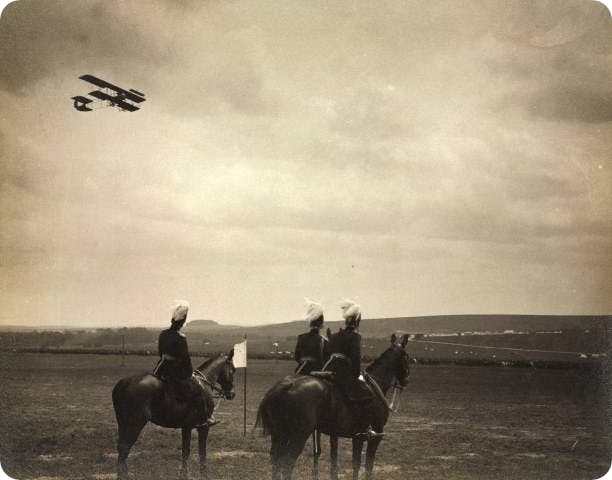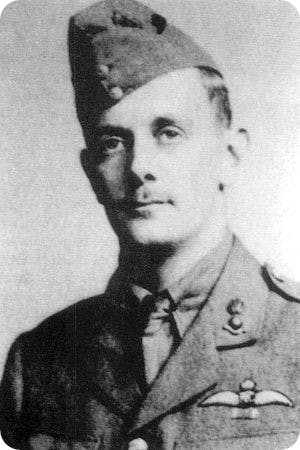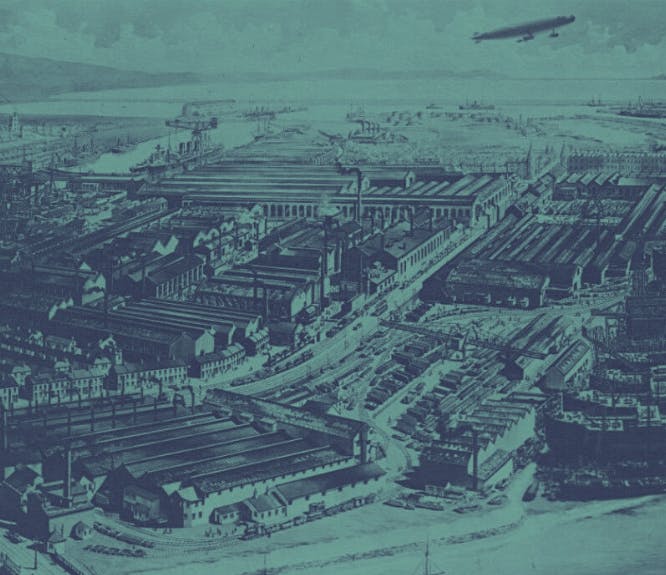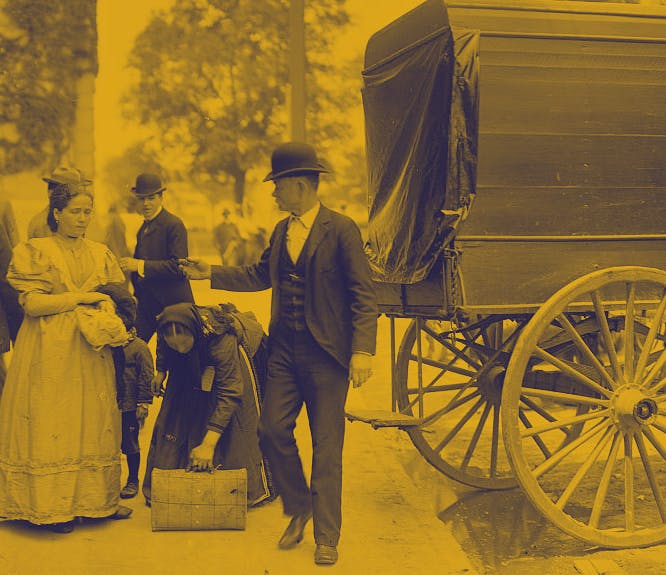The Royal Flying Corps: The birth of the Royal Air Force
3-4 minute read
By The Findmypast Team | June 7, 2024

Dive into the history of the Royal Flying Corps with Findmypast.
In November of 1911, several members of the committee for Imperial Defence were called together and tasked with investigating the use of a new 'aeroplane' in warfare. The Royal Flying Corps was created to operate these aeroplanes, and in WW1 they were flown without parachutes, against a better-trained enemy. Many of the pilots would not come back.
When going through the records of your ancestors this remembrance week, you may uncover one or two who were serving in the Royal Flying Corps during WW1. This post seeks to give you a little background on the activities of the RFC during WW1, and their transition into the RAF in 1918.
The British Army in the run up to WW1 were no strangers to innovation – as early as 1888, they had established a Balloon School, recognising the military value to be obtained from airborne observers in blimps or static observation balloons. However, following the use of biplanes by Italy against the Ottoman Turks in 1911, they began to examine expanding the air component of the Army, increasing the scope of the Royal Engineers Air Battalion to include winged aircraft as well as balloon operators.
This organisation was interesting in that it only took on pilots who already knew how to fly – they had to have achieved a flying certificate from a civilian flying school, meaning that initially the RE Air Battalion, and RFC, tended to have a very high number of aristocratic officers, although it also had a lot of other ranks personnel, former Royal Engineers, tasked with keeping the aircraft flying, armed and maintained.
On 12 April 1912, the Royal Flying Corps came into being proper, following the recommendations of an Army report into the use of aircraft. Consisting of 3 Squadrons at the start of WW1 (some of whom were still flying balloons), the RFC grew to more than 150 squadrons by the end of the conflict.
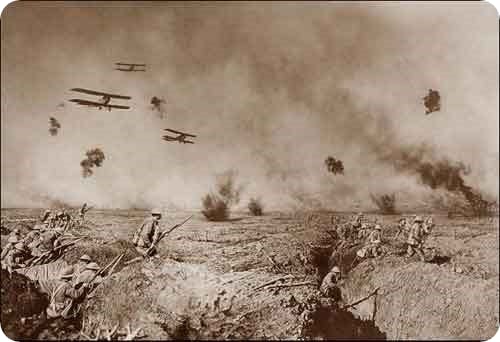
The roles of the Royal Flying Corps were varied, with the early days mainly being about reconnaissance flying, finding the enemy and reporting their position to senior commanders or artillery batteries, so that men or shells could be dispatched to combat them. Some pilots also flew some of the first covert missions, dropping spies behind enemy lines and carrier pigeons to keep them supplied with communications material. Eventually, towards the end of the war as armaments developed, pilots would also attack ground targets.
Initially, aircraft were not armed and if these fliers encountered the enemy, they would simply wave to each other! However, as the war on the ground heated up, and the stakes became higher for artillery observation, aircraft began to get increasingly better armed. To start with, this was unofficial, with crews inaccurately duelling in the air with revolvers, at one point even throwing bricks and bits of masonry at each other!
Eventually, manufacturers started fitting their aircraft with machine guns, and the fighter aircraft, whose sole job it was to shoot down other aeroplanes, came into being. 5 'kills' netted a pilot the title of a 'Flying Ace', and a great number of RFC pilots would earn this accolade amongst others, including the first, Lanoe Hawker VC, found in our Soldiers Killed in the Great War 1914-1919 record set.
As such, as the war progressed, service flying became an increasingly dangerous job. With British pilots in relatively primitive aircraft going up against their German counterparts in better designed machines, pilots tended to live and die by their flying skills. Additionally, convinced that providing parachutes to pilots would convince them to jump out of their planes rather than attempt to control them, the RFC's commanding officers refused to issue parachutes to aeroplane crews, increasing the death toll amongst pilots. Added to all this was the tendency to get shot at not only by the enemy (on the ground and in the air) but by troops on your own side, which caused a number of casualties amongst RFC personnel.
By 1918, these magnificent men in their flying machines had proven themselves to be a key component of warfare, and were established as a permanent part of the armed forces. They had also proved that aircraft could perform more than just reconnaissance, with tactical interdiction, bombing and spotting all possible. Because of this, they were renamed with the Royal Naval Air Service in April to become the Royal Air Force, which survives as a separate branch of the Armed forces to this day.
Uncover your own military connections
With millions of records at your fingertips and our handy family tree builder to help you, it's never been easier to discover the military heroes within your family. Perhaps you'd like to find out more information about your grandfather's World War 1 service, or even uncover relatives you didn't even know you had.
Wherever you are in your genealogy journey, making exciting and unexpected discoveries starts with nothing more than a search.
